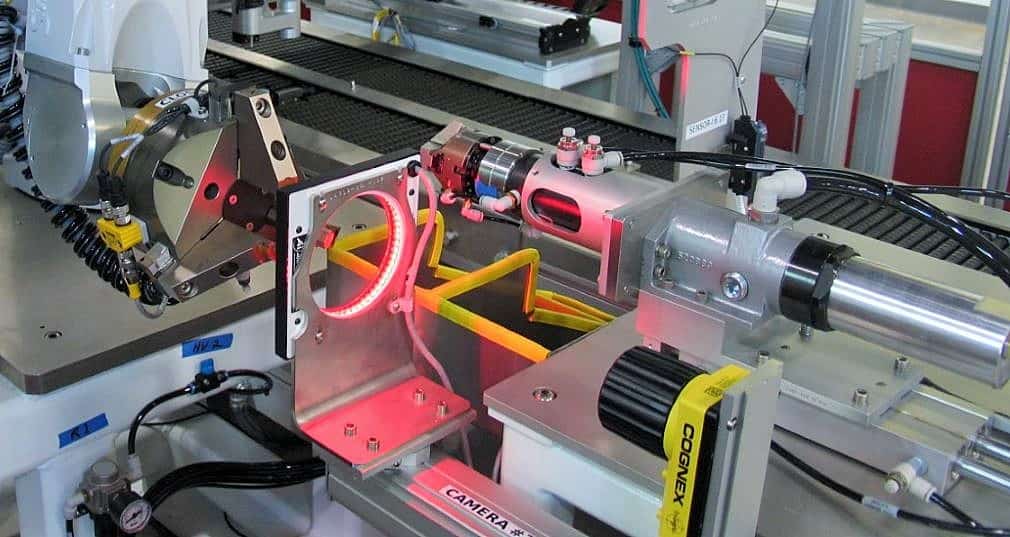
- Use of machine vision for automatic, imaging-based inspection and analysis is becoming more common in manufacturing facilities.
- Successful vision system design rests on optimal illumination of a target object.
- Employing machine vision lighting techniques and asking pertinent questions should inform design.
The use of machine vision for automatic, imaging-based inspection and analysis is becoming more and more common in today’s modern manufacturing facilities. Decades ago, integrating machine vision into factory equipment was very expensive and required extensive specialized training. With recent developments in cameras, lighting and software technology, the cost and expertise needed to develop and deploy a machine vision system has been reduced dramatically.
Because of these advancements, machine vision is being used more and more frequently by automation engineers to solve problems and improve machine performance. Smart cameras have replaced sensor arrays for many simpler inspections. The use of a camera can also increase the flexibility of the equipment, allowing it to process different part variants without sensitive mechanical adjustments. For the same reasons, vision systems are also being used more frequently in robotic applications for part location and path guidance.
Achieving Successful Vision System Design
Even with all of the advancements in cameras and software, many experts agree that the most important consideration for successful vision system design is optimal illumination of the target object. Without a good image, even the most powerful software cannot make up for the resulting loss in system performance. The lighting design must create as much consistent contrast between the critical features of the object and background as possible.
Unfortunately, this goal may not be as easy to achieve as it sounds. Many engineers just starting out assume the camera’s included ring light will work just fine. It’s certainly possible; however, there is a very good chance that it could limit the capabilities of the vision system. To increase the chances of success, gather some basic knowledge on machine vision lighting techniques before you start the design. In addition, ask yourself these questions:
- Does the application require a color camera?
- Should the system be shrouded to block ambient light?
- Should the light be positioned near the camera, at a low side angle or behind the part?
- What type of light should I use; LED, laser or fluorescent?
- Could a lens filter or colored light improve the image and reduce unwanted reflection?
These are only a few of the questions an engineer should answer when developing a robust machine vision lighting concept.
Successful lighting for machine vision applications is based on scientific principles, but also requires experience and art in the final implementation. Contact Keller Technology Corporation to learn more about vision system lighting techniques, and the new ways machine vision can be used in today’s modern factory.
